Beauty and Mathness
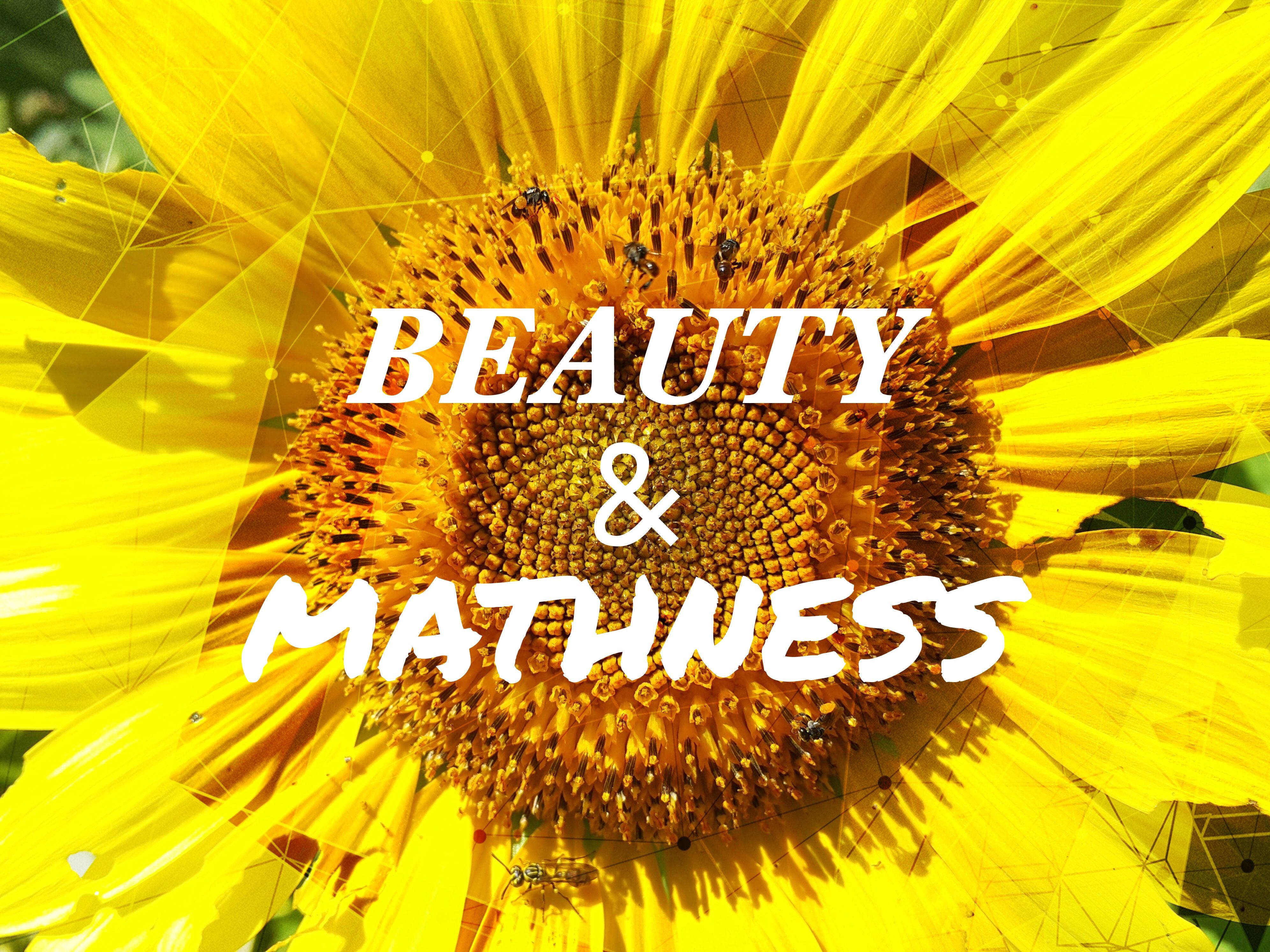
For the longest time, I have always been a strong proponent that Math and Beauty are two mutually exclusive entities. That they don’t belong together and that no good human being deserves to ever see them both in one sentence. To say that Math is beautiful sounds so outrageous it’s almost on the verge of artistic sacrilege.
To me, beauty is freedom. It’s about that curious feeling of child-like liberation one gets at seeing a Picasso painting. It’s about breaking the barrier that confines the human condition and elevating them into various forms of art. Pablo’s works are beautiful because they argue the very norms that have for a very long time dictated the conversation around what art has to be. Adele’s songs are beautiful because in them she is allowed to freely lament the destruction and devastation that a broken relationship has had on her, and of course that undeniable voice.
All of these is everything Math is not. Math, in my experience, is rigid and stubborn. It discourages free interpretation. It has to be this, it has to be that. Memorize this, memorize that. Derive this, derive that.
And for most part, I have always maintained this opinion. Math simply, ain’t pretty.
TURNING TABLES
Well, that was until I came across a BBC documentary entitled Beautiful Equations. The title, to me, was extremely intriguing. How could equations possibly be beautiful? Have these people seen the Redlich-Kwong equation of state? The Fourier Series Expansion?
BBC is out of their goddamn minds!
And then I watched it.
To put it simply, I never could have been more wrong.
One of the major insights I have learned is how I solely regarded beauty as a means of expressing freedom. But fundamentally, I failed to realize that our appreciation of freedom comes from our own unsavory experiences with confinement and limitations.
Beauty ,is in fact, finding the right balance of freedom and control and not the over indulgence to either one of them.
A TALE AS OLD AS SPACE-TIME
In mathematics, one prime example is Einstein’s special-relativity equation E = mc2. At face value, it really doesn’t look that special - limited to four very common characters. Boring, huh? A kid can easily memorize this. But this very equation was what created the atomic bomb - an object so powerful that it can wipe out whole cities in a matter of seconds. And all of potency derived from an equation that’s barely four characters long.
E = mc2
And that is its beauty - a perfect coalescence of power and restraint. It does not overemphasize its strength. It’s probably one of the most powerful discoveries of the human race and yet it’s so short you can scribble it down on a small piece post-it.
It’s so potent and yet it’s so deceptively simple.
CHAOS IN ORDER
This new appreciation has also led me into other different discoveries. One thing that really blew my mind was during my time reading the Da Vinci Code a few years back. It’s about what’s called the Golden Ratio or as Robert Langdon has said, the most beautiful number on earth.
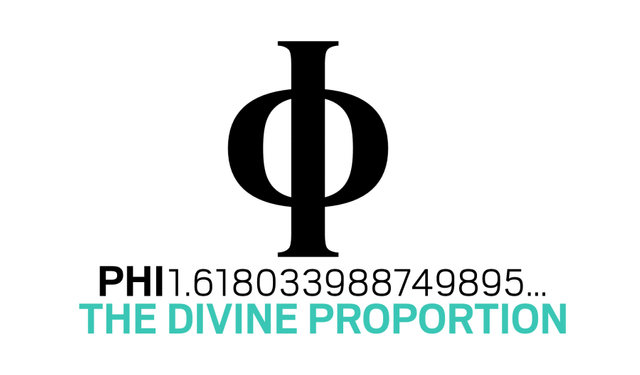
The number takes the symbol phi and has a value of approximately 1.618 and is allegedly the core design basis for all organic materials on earth. It’s found in the spiral pattern of the sunflower seeds. This pattern is also seen in leaves and branches. The advantage to having this pattern is that new leaves don't block the sun from older leaves, or so that the maximum amount of rain or dew gets directed down to the roots. So this mathematical concept is not just responsible for the beautiful patterns we see in nature, it also serves a utilitarian function to the organisms that employ it to help them survive.
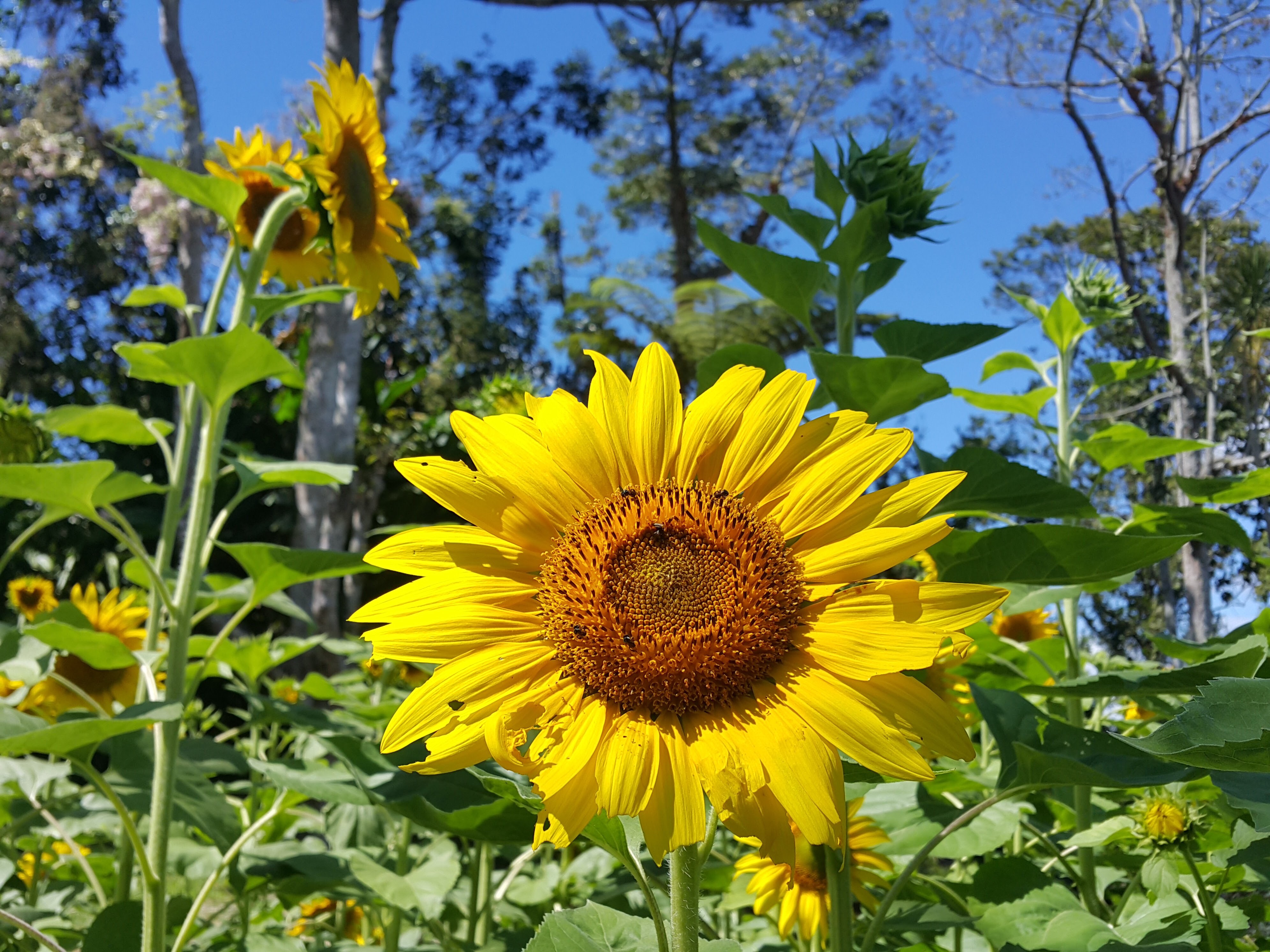
It is so commonplace in nature that for some scholars this ratio is believed to the basis for all the creation of the universe which has allowed it to gain notoriety as the Divine Proportion.
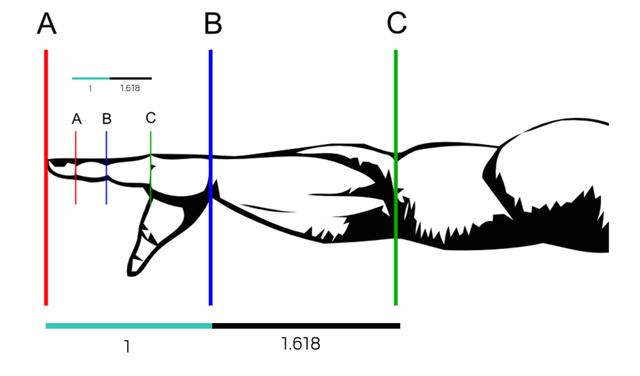
But this ratio has also aesthetic purposes as well. This ratio is believed to be the sweetspot for the human eye and is thought to be the ratio which the human brain interprets as beautiful.
Throughout history, it is believed that man has harnessed this beauty. This ratio is found in paintings as well.
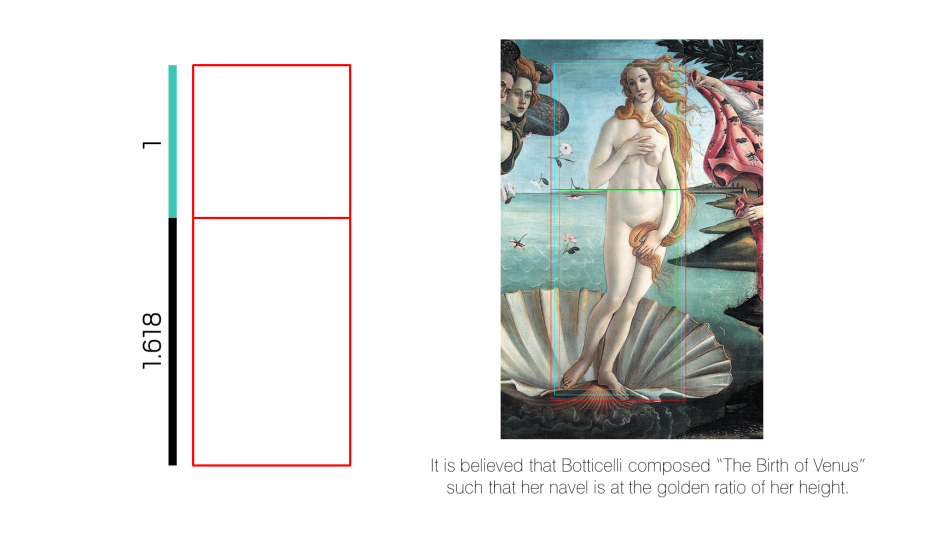
The Divine proportion can also be expressed in the Fibonacci Curve and some experts say that even popular companies of today use this as a basis for their logos and websites. Some example of these big companies are Twitter and Apple.
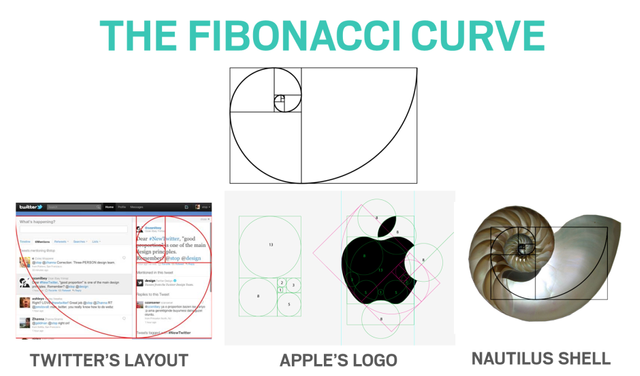
Mathematics has always held an understated beauty that I just failed to notice. I guess it was me who was too stubborn to see that. So next time I see a beautiful pattern or an exquisite painting I know that there is probably some mathematical correlation in there somewhere. Because now I know that math is beautiful, but only if you take the time to look at it closer.
Until my next musing,
@goofwithacam
Nice article once again @goofwithacam!
thanks again @brokemancode! 👋🏻
Such.powerful.words. I'm going to comment something generic, @goofwithacam. But know that it's genuine. I love everything about this write-up!
I love reading things about Math that don't involve a lot of numbers. They tell me that math is beyond numbers - that it has a soul! Well-written article as always!
@thegaillery yes numbers are boring. haha. There’s always another way of looking at things :)
I love reading posts like this on steemit! I like it that when I spend time on social media I actually get to learn something new! Good job on this @goofwithacam.
I see how you've turned from being a Beauty-Math skeptic into a believer. I am a big fan of Mathematics and nature and have always been fascinated by natural patterns on living organisms. Since I don't like Dan Brown's Da Vinci Code (or Dan Brown for that matter), I'll refer you to another author named Ian Stewart, a Mathematics professor at University of Warwick, who wrote a book called "Life's Other Secret: The New Mathematics of the Living World", just in case you like books too. In that book, he talks about how Mathematics governs the growth of organisms.
Hope to see more posts like this.
Cheers,
Xayd
That means a lot @xaydtrips. Sometimes I really ponder if something is worth posting. Makes me happy that some people do read them.
I’m actually more of a science guy but i’ve grown to appreciate math. I’ll sure to give that book a try and yes i love books, too!
Also, why don’t you like Dan Brown? haha